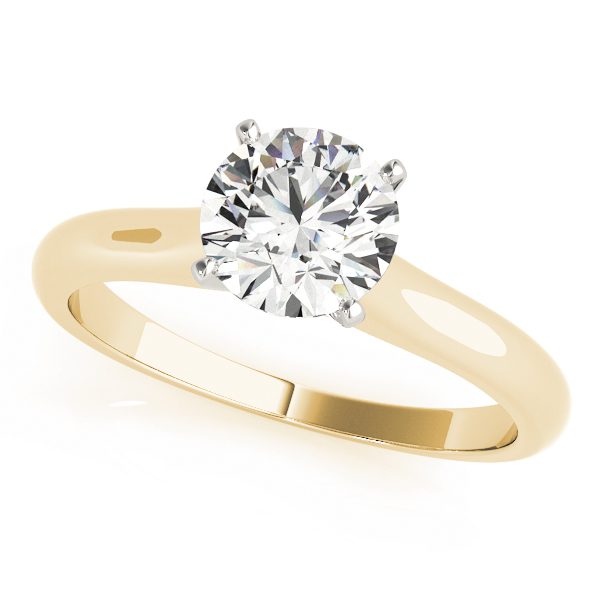Synthetic diamond, also known as a man-made diamond, matches the resemblance of a natural diamond in almost every aspect. It illustrates qualities such as the high hardness, wide transparency, high thermal conductivity, and high electrical resistance. The only natural difference lies in the price range of the diamonds, with synthetic diamonds being obviously cheaper than the natural diamonds. Rest assured that there is no compromise with the beauty.
The creation of a synthetic diamond is a benchmark in the field of science and technology. After several efforts put in by innumerable professionals, Henri Moissan was the first to document the process of producing a synthetic diamond in 1893. The engagement rings in London are as much available in the genre of synthetic diamonds as they are in the natural diamonds. The following points will give you a detailed insight into the creation process of the synthetic diamonds.
High pressure, High Temperature
In the High pressure, High Temperature method, the lab technician selects diamond seeds without any crack or flaw. This is because a seed provides a framework for carbon to grow layer by layer upon. Secondly, the lab technician puts the diamond seed into the lab and creates rough diamonds. This helps replicate the natural diamond?s process that occurs beneath the surface of the earth. Thirdly, diamond seed is inserted into lab rough diamonds then placed through split sphere, cubic, and belt press. Lastly, the lab technician exerts an extreme pressure and high temperature ranging up to 2,600 degrees Celsius to transform the seed into a gem. Thereafter, the lab technician closely monitors the environment until completion. Upon cooling, the seed becomes the carbon diamond of the purest quality.
Chemical Vapor Deposition
The Chemical Vapor Deposition process is the most preferred method for diamond manufacturing industries. The process involves a mix of gasses. Firstly, the lab diamond seed is put into a chemical vapor deposition reactor. Secondly, various gasses are added at a very low pressure. Thirdly, a layer of plasma is created through a reaction of heating gasses by using microwaves. The gas molecules break apart after the temperature reaches over several thousand degrees Celsius. Thereafter, the carbon atoms attach to the seeds and grow layer by layer. This process is preferred by many companies because it works at lower temperatures and pressures, and thus costs less than the High pressure, High Temperature method. Also, it can be used to create colored gems.
Gone are the days when diamonds were said to be a woman?s best friend. In today?s world, everyone loves to flaunt a diamond. So, the jewellers Hatton Garden can offer you the best variety of diamonds to satiate your appetite for fashion. Get ready to embrace yourself for the best to come that also goes well with your pocket. The synthetic diamonds are made to ensure that a person coming from any strata of the society can afford to buy a diamond at least once in lifetime.

As the editor of the blog, She curate insightful content that sparks curiosity and fosters learning. With a passion for storytelling and a keen eye for detail, she strive to bring diverse perspectives and engaging narratives to readers, ensuring every piece informs, inspires, and enriches.










